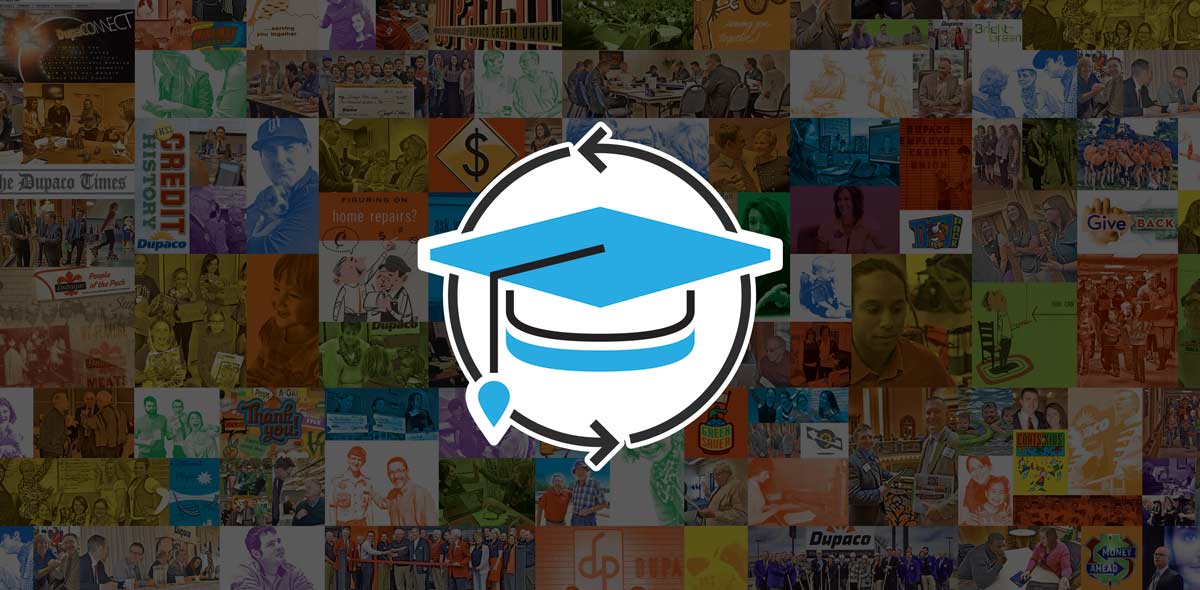
Federal student loan payments resume soon: Here’s what you need to know
Updated Aug. 25, 2023, at 11:40 a.m. CT
Most federal student loan payments and interest have been suspended since March 2020. But after numerous extensions—and a proposed federal student loan forgiveness plan was struck down—student loan interest will resume Sept. 1, 2023, and payments will resume in October.
Not only that, but the Department of Education launched a new repayment plan to help borrowers (see no. 5 below for more details).
What does that mean to federal student loan borrowers? And what steps do you need to take to prepare for repayment?
Here are seven steps to help ease the stress of restarting your federal student loan payments. (Hint: For the latest updates, visit the Federal Student Aid website.)
Keep in mind that these guidelines apply to your federal student loans only. If you have private student loans, your payments have not been affected and you can access your loan information through your servicer’s website.
|1| Review your loan details
Interest will begin to accrue on your existing federal student loans Sept. 1 at the fixed rate that was in effect when you initially took out the loans. And payments on federal student loans will resume in October, so start preparing now.
Log in to your student loan servicer’s account to review your loan details and your contact information.
Servicers will notify borrowers before payments resume, so it’s important to make sure your contact information—email address, mailing address and phone number—is up to date.
Not sure who your servicer is?
Visit your Federal Student Aid dashboard and log in to view your loan details. You can also contact the Federal Student Aid Information Center at 800-433-3243.
Keep in mind that servicers changed for about 2 million borrowers during the time payments were paused, so be sure you know who currently services your loan(s).
|2| Keep an eye out for loan communication
Watch for correspondence about exactly when your payments will resume.
While payments are slated to resume in October, not all borrowers will need to restart their payments at exactly the same time.
Many factors affect when your first loan payment will be due. And your loan servicer will communicate those details to you.
|3| Watch out for scams
Review communication about your loans carefully to avoid scams.
Unfortunately, many scammers take advantage of borrowers in times like these. Do not provide any personal information over phone or email unless you are certain you are communicating with your loan servicer.
If you’re unsure, look up the contact information on your servicer’s website, and reach out to them directly.
This also goes for promises of student loan forgiveness. Remember: If an offer seems too good to be true, it probably is.
Did you make payments to Ameritech?
If you made payments to Ameritech for what you thought was your student loan, you may be getting a refund soon. The Federal Trade Commission and Department of Justice are sending more than $9 million in refunds to people who lost money to this scheme.
Ameritech employees tricked people into thinking they qualified for federal student loan and forgiveness programs. In reality, the illegal up-front fees (up to $800) and monthly fees ($49-99) that they charged—that were supposed to pay down student loan balances—instead went straight to Ameritech, according to an Aug. 22, 2023, FTC announcement.
More than 22,000 people will receive refunds, and most will get a check in the mail. Those checks need to be cashed within 90 days. If you didn’t have an address on file, you’ll get your payment through PayPal.
|4| Prepare your finances for repayment
If you have not been making payments during the pause, you will need to incorporate student loan payments back into your budget.
Once you know when your payments will resume and how much your payments will be, review your expenses and plan accordingly.
Studentaid.gov provides a loan simulator, where you can learn more about repaying your federal student loans or what to do if you can’t afford your payment.
Worried about whether you’ll be able to make payments? The Department of Education is planning a 12-month “on-ramp” period, and borrowers’ credit reports will not be negatively impacted if they miss payments.
But interest will still accrue during this time, and missed payments will not count toward requirements for income-driven repayment plans or Public Service Loan Forgiveness. So, if you can make payments, you should do so.
Request a free Dupaco Money Makeover to prepare your budget >
|5| Explore income-based repayment plans
One way to lessen the stress of federal student loan payments is to enroll in an income-driven repayment (IDR) plan. Income-driven repayment plans calculate monthly student loan payment amounts based on your income and family size.
The Department of Education introduced a new IDR plan called the Saving on a Valuable Education (SAVE) Plan, which will replace the existing REPAYE Plan.
This new plan provides the lowest monthly payments of any IDR plan. And it may significantly lower or even eliminate required monthly payments for some borrowers. Additional SAVE Plan benefits will go into effect in 2024.
Get the details and apply here >
Meanwhile, President Biden announced the White House will turn to the Higher Education Act (HEA) of 1965 to have federal student loans erased. This act allows the Education Secretary the ability to “compromise, waive, or release loans under certain circumstances.”
Details of this plan are still in the works, but the Department of Education says it will design the parameters of the program with public participation over the coming months.
|6| Don’t wait until the last minute
Roughly 44 million borrowers will resume payments this fall. And there could be long waits for personal assistance.
Take care of as much as possible as soon as possible to set yourself up for a smooth transition, especially if you think you’ll need to change repayment plans or you were in forbearance on a loan prior to the pause.
|7| Consider student loan consolidation or refinance
Once you’ve gotten all the pieces in place, you might also want to consider Federal Student Loan Consolidation or a private student loan refinance* to simplify your loan repayment.
Both options could potentially lower your monthly payment. And private student loan refinance could help you pay back your loans sooner to save interest over time.
Learn more about student loan refinance options here.
When does it make sense to refinance? >
*Federal student loans may qualify for payment and interest rate benefits that private student loans do not. Carefully consider your options before refinancing federal student loans, as they will no longer qualify for current and future federal benefits once refinanced with a private lender. For more information, visit studentaid.gov or contact your federal student loan servicer.


